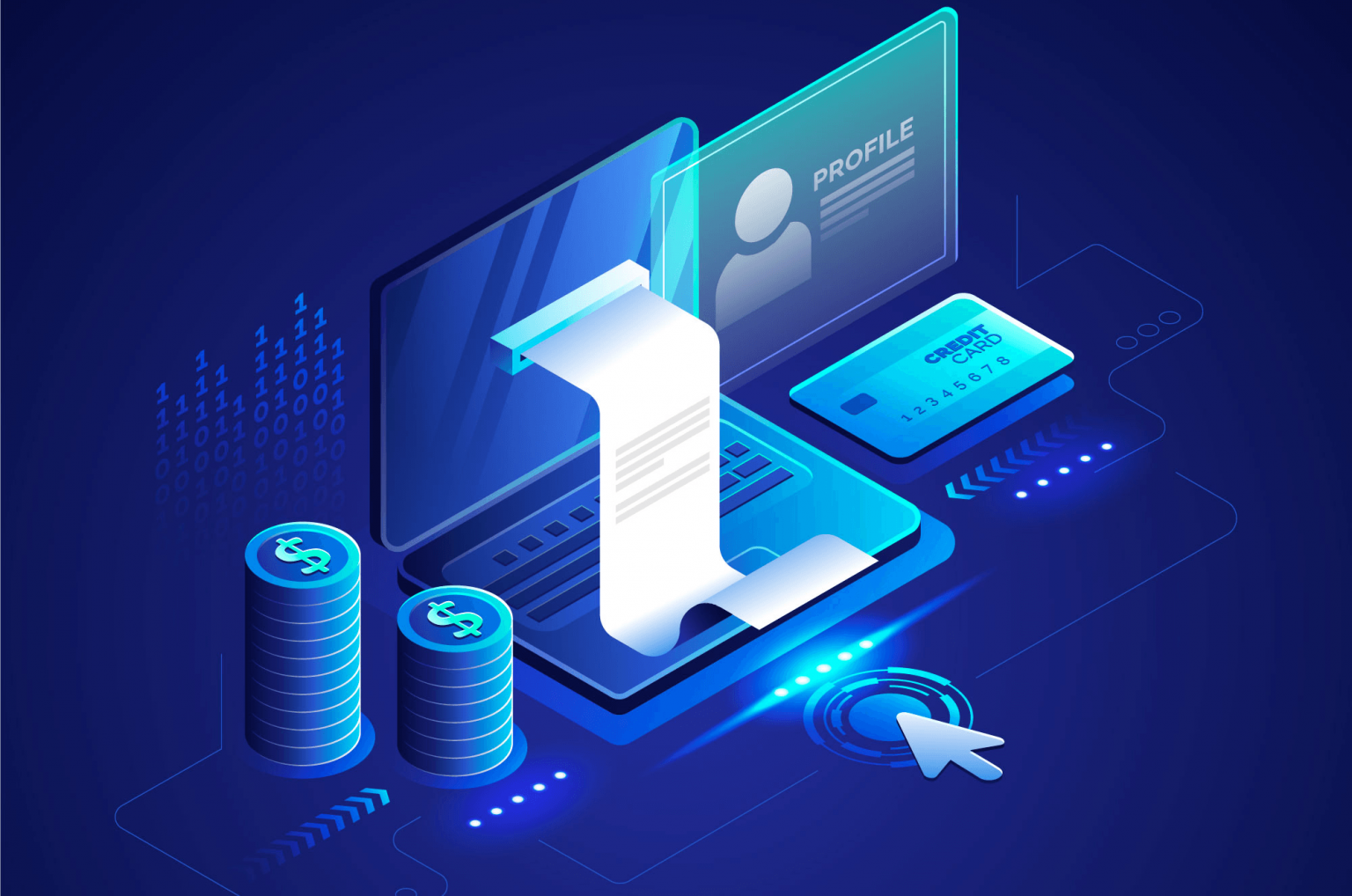Online payments have become a part of our everyday lives in no time. We’re transacting online not just through debit or credit cards but by many other modes like UPI, netbanking, and wallets as well.
Paying online is a major feature that every e-commerce platform in the world extends. And they can give this facility by integrating with a payment gateway.
An online payment gateway (PG) is a pipeline that combines your bank account to the platform where you need to transfer your money. A PG is a software that allows you to conduct an online transaction through various payment modes like net banking, debit card, credit card, UPI, or the many online wallets that are accessible these days.
A PG plays the part of a third party that securely transfers your money from the bank account to the merchant’s payment portal.
To explain this in simpler terms, at the time of purchasing a book from a digital platform like Flipkart, when you make the payment for the book, a payment gateway helps you in the process by giving your money to Flipkart.
Types of Payment Gateways
There are usually three types of payment gateways:
Redirects
Redirects might introduce an option for a PayPal payment, for example. When the gateway takes a shopper to a PayPal payment page to examine the complete transaction (i.e. processing and paying) it becomes a “Redirect.” This has the benefit of simplicity for the retailer. A small business can use a Redirect gateway to include the convenience and protection of a major platform like PayPal, but the method also means less control for the merchant and a second step for shoppers.
Checkout on site, payment off-site
Consider Stripe’s payment gateway: the front-end checkout will happen on your site, but the payment processing proceeds through Stripe’s back end. Like redirected payment gateways, there are some benefits to managing your payments this way, including simplicity. But as is the example above, you won’t be able to manage the user’s entire experience through the payment gateway. You’ll be at the mercy of the quality of the offsite gateway and its characteristics.
On-site payments
Large-scale businesses tend to use on-site payments completely managed on their own servers. The checkout and payment processing on account of the customer all work through your system. Now the benefits are flipped: you’ll have more authority, but also more responsibility. This is particularly true for any retailer working with a high amount of sales. When you manage your payments on-site, it’s crucial that you learn your options and your responsibilities.
Why You Should Consider Stacking Payment Gateways
You can decrease or even eliminate some of these weaknesses through stacking payment gateways. The process boils down to using multiple gateways on your ecommerce platform to maximize how many benefits your customers have for purchase. This practice has multiple benefits:
Making it easier for your customer.
Let customers decide what they need when they need it. Using a payment gateway that provides Visa and MasterCard will incorporate many of your bases. But what about shoppers with alternative cards like American Express? Or consumers who want to make specific payments from separate accounts?
Give everyone a second choice.
It’s easier to get by without a credit card than you might think. Although 76.9% of Americans have a credit card, this doesn’t preclude widespread markets of customers without them. Consumers using PayPal, Venmo, or Apple Pay can perform online purchases just as well. As an Ecommerce retailer, your job is to provide these options so consumers can make protected purchases any way they like.


